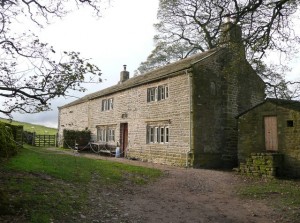For questions/concerns when draining central heating to perform repair or maintenance, contact RJ Gas professionals today.
 Instructions for Draining Central Heating
Instructions for Draining Central Heating
This brief outline expressly concerns sealed systems, however, we’ve also put together a draining open systems article as well. Remember if anything goes wrong, or you’re unsure what to do in case something does, contact our RJ Gas experts for expedited assistance. Quick
Tick List before we get started:
- The Boiler should be 100% turned off
- It should also be totally disconnected from its source of power.
- Allow sufficient time for water in the system to cool before beginning. This reduces internal pressure, and protects you against burns or scalding. Additionally, once water is draining, it’ll be much easier to handle.
Draining Central Heating – Let Wet Work Begin
- First, at the lowest area in the piping, typically close to the lowest radiator, you’ll find the drain point. Attach your hose here with the help of a jubilee clip; tightening it where the hose connects to the valve is the best way to prevent anything from coming loose.
- Run the other end to a suitable drainage area (preferably downhill), and if you want, place a bucket or something under your hose to catch any leaking.
- Then it’s a matter of having all the radiator valves open. Most people use a spanner or wrench. Finally, open up the air vent at the top of your other radiators so that air displacement can happen.
After some tidying up, once the water stops, your mission is complete and you can begin whatever repair or modifications are needed. It sounds easy enough, but you would be shocked at how easily things can turn sour.
RJ Gas has 35 years of experience performing these types of draining central heating projects that can be put to work for you, feel free to contact our professionals today!




 Instructions for Draining Central Heating
Instructions for Draining Central Heating



